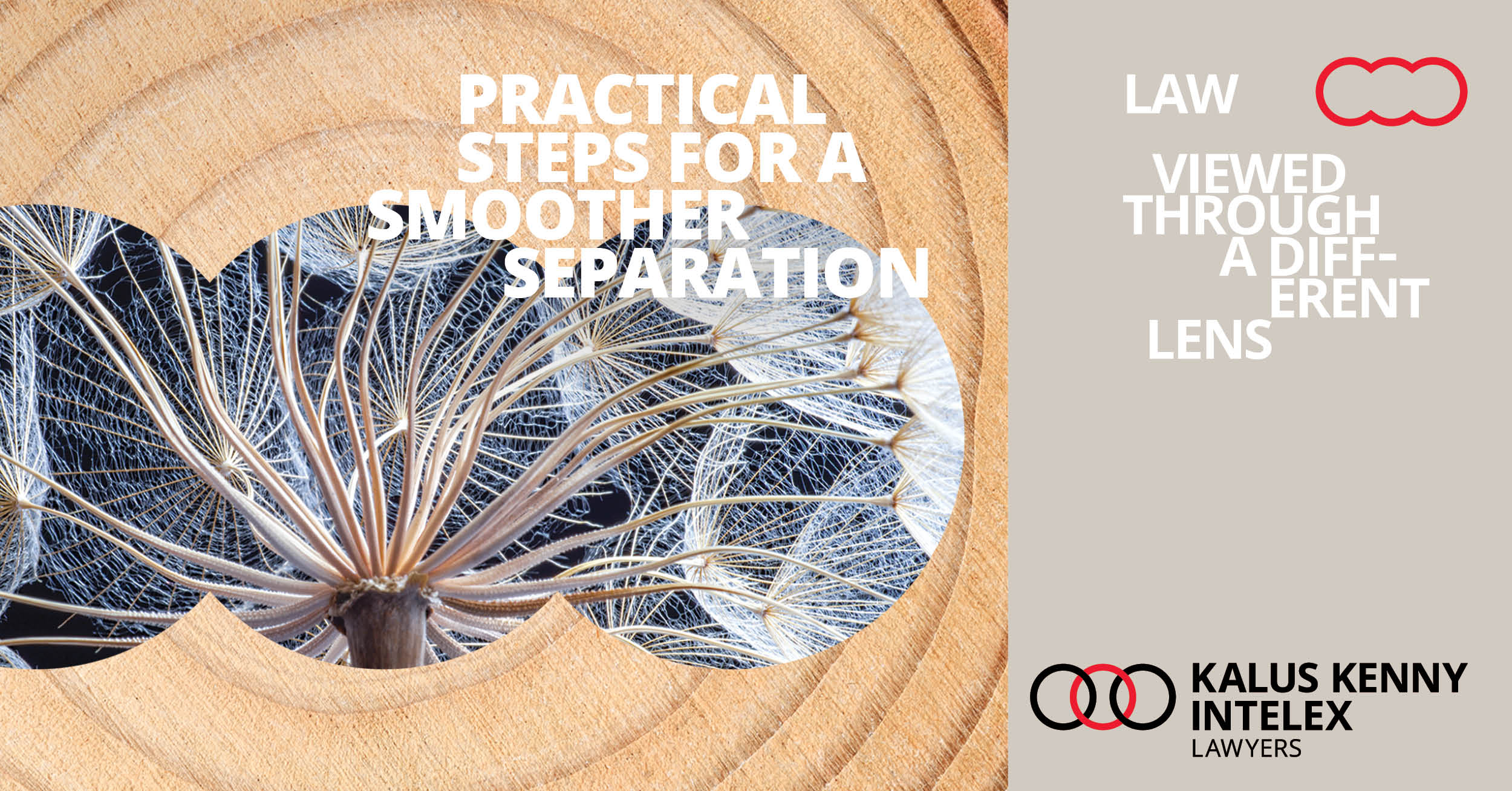There has been plenty of commentary and speculation about casualties of Covid – “The Great Resignation” and then “The Great Separation” – relationship breakdowns triggered by the stresses imposed by Covid, whether it be the lockdowns, financial stress, home schooling or other Covid factors, or simply people taking stock, and deciding “life is too short” to remain in an unfulfilling or unhealthy relationship.
Being part of “The Great Separation” is, however, the start and the end of the commonality of the separations over the last two years. The issues, considerations and outcomes are unique to each individual family and need to be treated as such.
No two people are the same. Combining two individuals creates a unique situation, with its own dynamics, values, financial arrangements and expectations. What needs to happen to move through the process of untangling this unique combined family life is also unique and needs individual consideration. This may be decided between parties themselves in a simple conversation over the dinner table, or on the other end of the spectrum, can be a high conflict, litigious and bitter fight about even the smallest of matters, requiring a court to make decisions.
While each situation is unique and needs to be considered individually, there are some universal practical steps individuals (or couples) can take in the early stages to minimise risk and assist a smoother pathway through the separation process:
- Separation date: It may sound very simple and obvious, but actually recording the date of separation. Sometimes this is unclear, particularly when parties continue living under the one roof, often the case during Covid lockdowns. Separation occurs when one party communicates their decision to separate to the other and acts on this. This date can become highly relevant in some cases, and is therefore an important fact to note;
- Change passwords and pins: To devices, iCloud, email, social media accounts and website logins;
- Remove authorisation: Of the other party to make changes or transact on personal bank accounts, insurance, investments, superannuation and the like;
- Check joint bank accounts: For unusual or changes to usual transactions. If there are accounts holding significant funds, ensure these are converted to require both parties’ authority to transact – prevention is better than cure;
- Gather important documents: Including formal documents such as certificates, passports, etc, but just as importantly (if not more so) financial documents including tax returns, bank documents, trust deeds, share or other investment documents, superannuation records and the like. These should be both current and historical dating back to the commencement of relationship where possible, to substantiate the assets and liabilities held at that time, and any significant financial events along the way. These documents may be hard to access later, and can avoid dispute about each party’s financial contributions;
- Attempt to agree on interim financial arrangements and living arrangements: This may be either very simple or very difficult. Sometimes obligations and entitlements are not clear or unable to be agreed. Consulting a family lawyer early (and accountant/financial advisors where appropriate) to provide advice can avoid dispute and save significant costs down the track.
- Safeguard valuables;
- Be mindful of communication: Avoid engaging in heated arguments with the other party in writing, or publishing derogatory or insulting comments about the other party or details of the separation on social media. These kinds of communications don’t go away and often come back to bite. A good way to keep communication in check is to assume it will one day be read by a judge.
- Educate yourself about the impacts on children of separation and involvement in parental conflict: Fortunately, there are numerous online post-separation parenting courses to help understand how children deal with their family unit disappearing to make the process as painless as possible for the most valuable asset in a family.
Taking these preliminary steps, along with adopting the focus of “Starting at the End” described in the first article in this separation series will help to mitigate a lot of the initial issues and disputes which often arise in the early stages of a separation.



